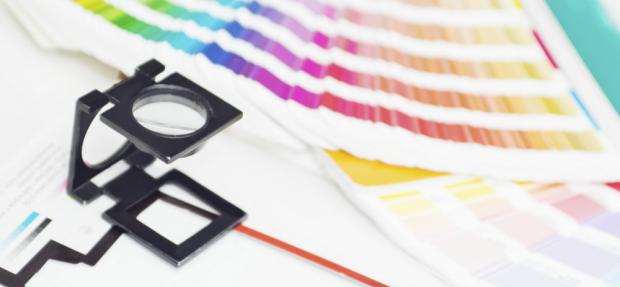Printing Guidelines
Printing Guidelines
We are happy to advise you on getting the best print result including photographs for print, file types and sizes, bleeds and fonts to ensure your finished product turns out the way you want it to.

Programs
Programs

Allowing for Bleeds/Quiet Area
Allowing for Bleeds/Quiet Area

Photographs and Images
Photographs and Images
Our preference is a high quality PDF with all fonts saved to curves/lines, all RGB converted to CMYK, at minimum 300dpi (preferred to PDF/X-1a.) or JPEG at 300dpi minimum.
If you are outputting from a professional design program - we can provide FOGRA profile info.
We can print from the most popular programs such as Word, Publisher, (we do not advise PowerPoint for high quality print) CorelDraw, InDesign, Photoshop etc. and are able to work with many others.
TIP! Check whether your preferred program gives you a save/export as a 'High Quality PDF' option before embarking on your design - if not ask for advice first!
Bleed: If your file has an image or background that goes right to the edge of the paper and you do not want a 'white edge' showing contact us first (and see below) regarding bleed.
Bleed is the 'edge' of a piece of artwork that goes beyond the trimmed edges of the printed page. It's important that backgrounds or images that touch the edge of the printed page 'bleed' outside of the trim line to make sure that when it's trimmed after print there is no risk of a white 'edge' appearing on the finished piece. We advise 3mm bleed on all artwork.
Quiet Area: it is preferable to leave a 3-5mm space between the edge of the page and the print/design itself (not the background/bleed) to allow for movement in the trimming process.
As with everything mentioned on this page - if you are unsure the best option is to contact us - (or email your file for us to check?) before you spend time producing something, that in hindsight, may have benefited from input at an earlier stage.
TIP!: We do not charge for advice!
Photographs or an Image for inclusion in print need to be of a higher quality and resolution than those for electronic or website use. If using image manipulation software that does not give a dpi option it must be saved at 'high' or 'print quality'.
Photographs normally save as RGB files (our system will convert them as required) - but ask if you are embedding them within a file that will be outputted as a CMYK for print.
TIP!: It is always safer to save at the highest dpi offered - you can always adjust down if required later.

Preferences:
Saved as JPEG (other formats please ask)
Minimum 300 DPI CMYK
